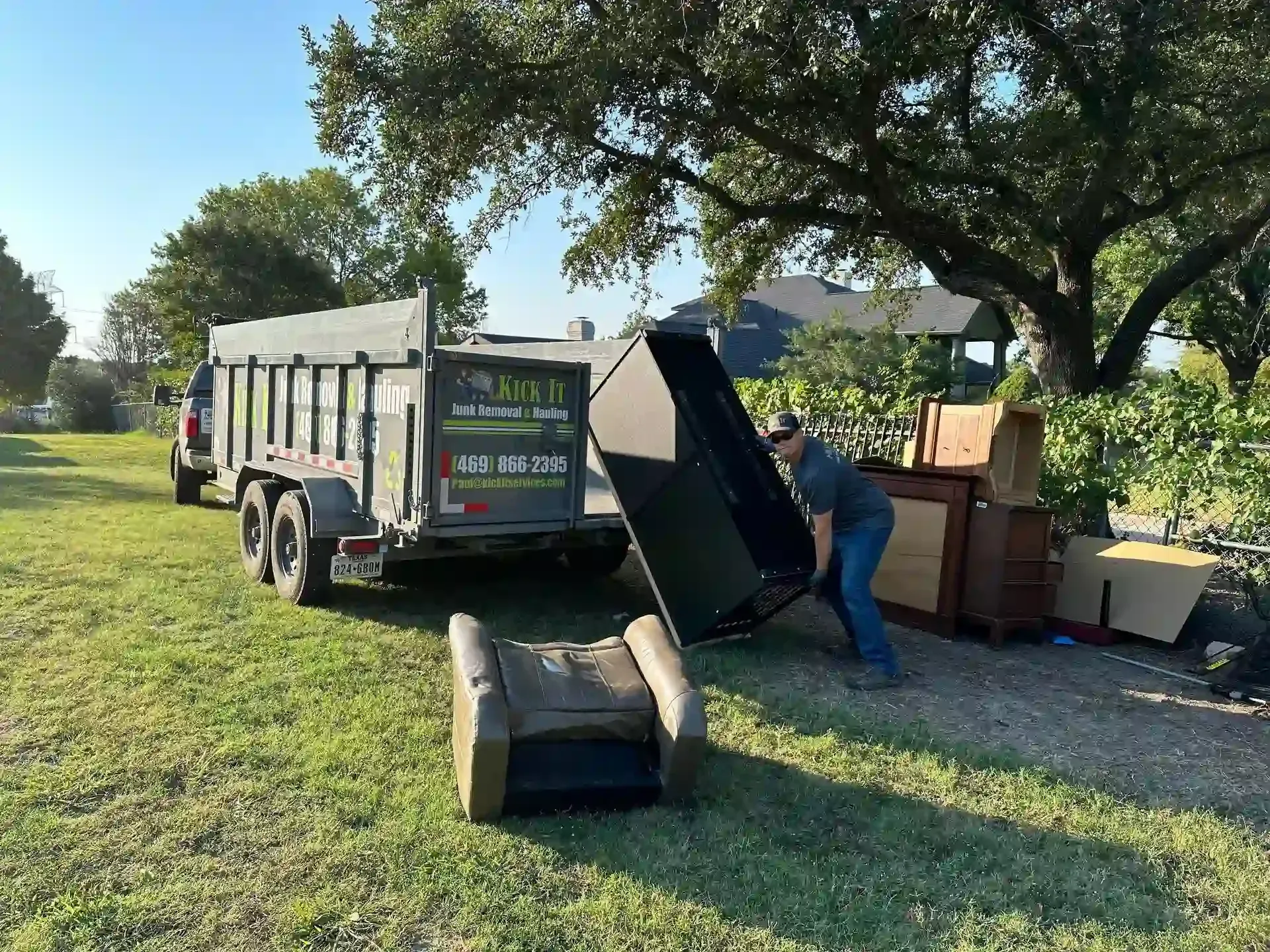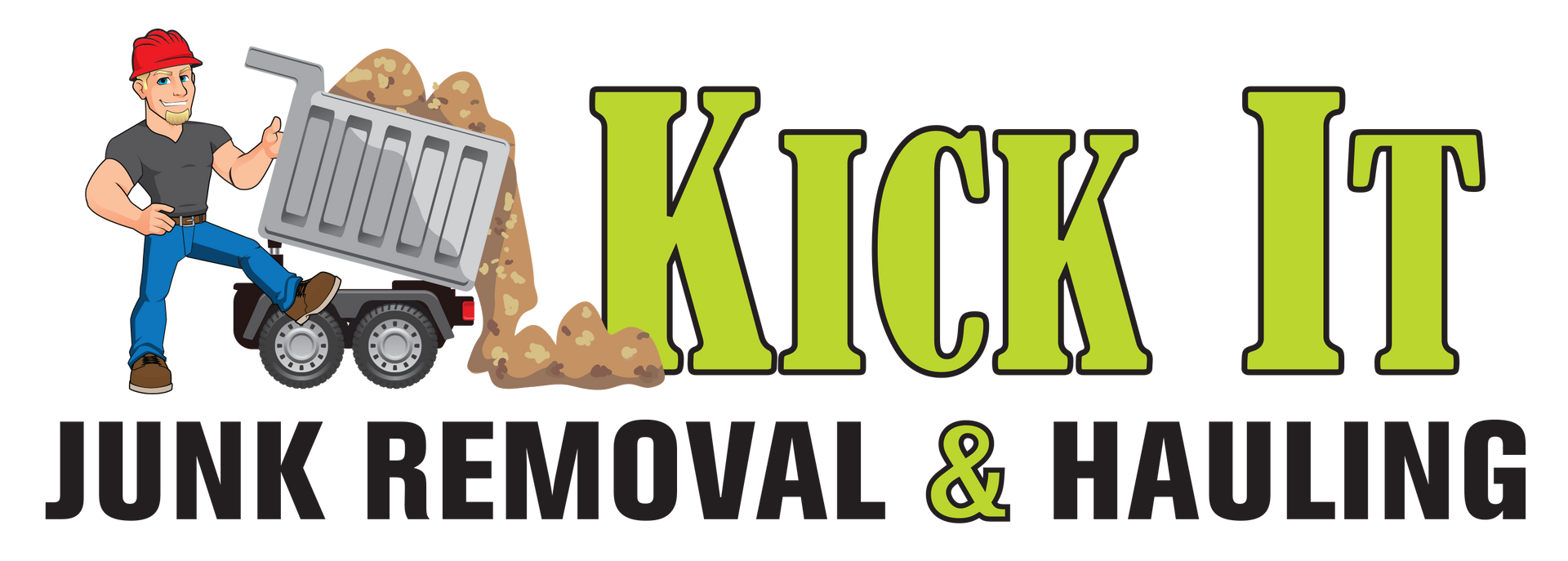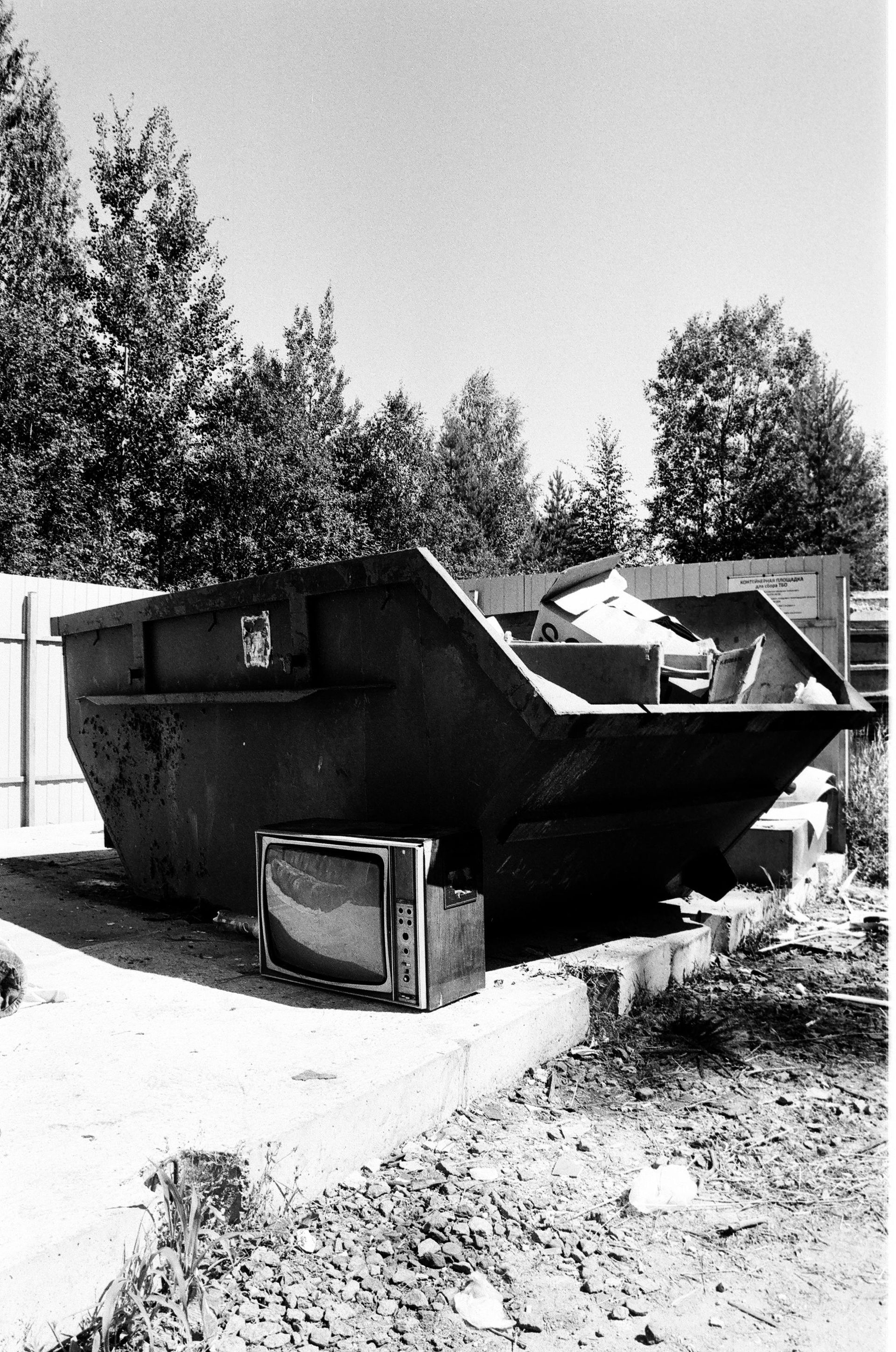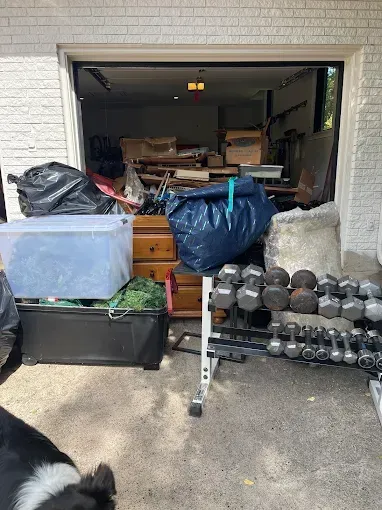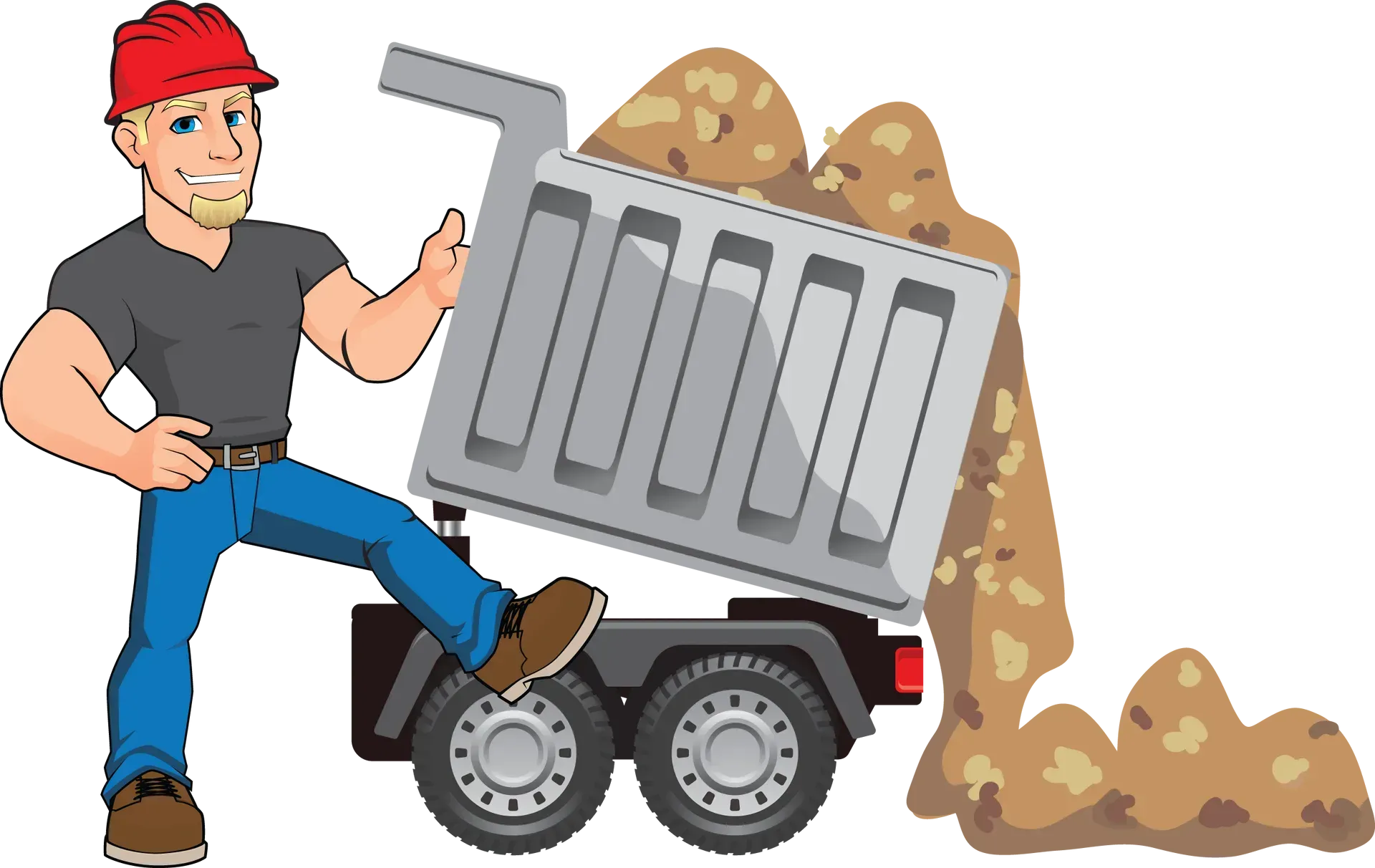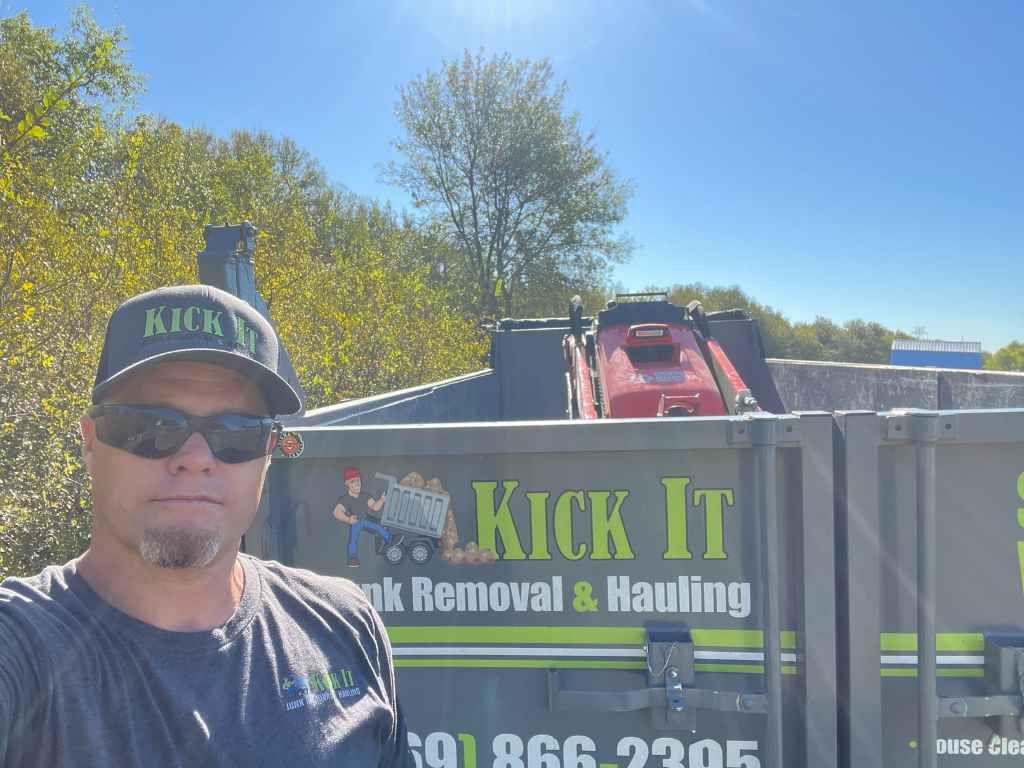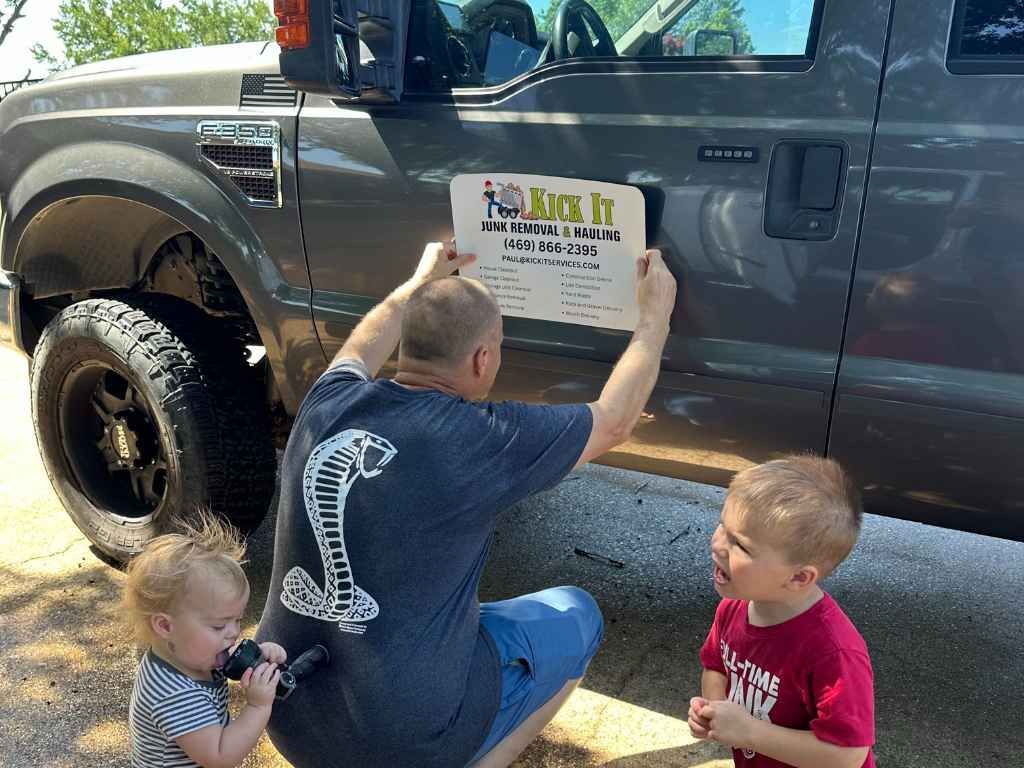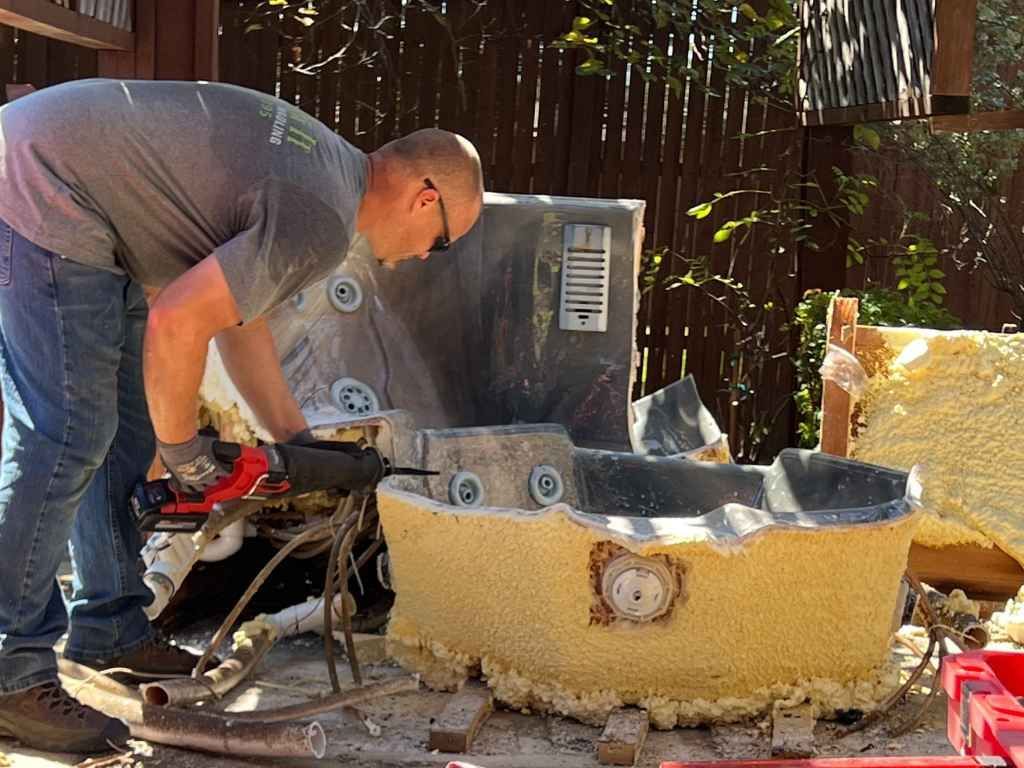What Happens to Your Junk After It’s Removed?
When you finally get rid of all the accumulated junk in your home, office, or storage space, you might breathe a sigh of relief, but have you ever wondered, "What happens to all that stuff now?" It is a common curiosity that often goes unnoticed. After all, the immediate goal is to clear space, but the journey of that junk doesn't end when it leaves your property.
In this article, we will delve into the process of junk removal, from the moment it’s picked up to where it ends up. Whether you're getting rid of furniture, appliances, or just a pile of random items, the end of your junk’s journey can be surprisingly diverse. Understanding what happens to your junk not only helps you feel more confident about your decision but may also give you ideas on how to handle waste and recycling responsibly.
Discover What Really Happens to Your Junk After It’s Cleared
Once your junk is picked up, it embarks on a journey you might not expect. Whether it's headed to recycling centers, donation spots, or even upcycled into something new, your unwanted items don’t simply disappear. Junk removal services carefully sort and process each item, deciding where it goes based on its potential for reuse or recycling. The goal is to minimize landfill contributions and ensure valuable materials get a second life, making a positive impact on the environment.
After sorting, the bulk of recyclable materials such as metal, cardboard, and plastic are sent to specialized facilities where they are processed and reused. Items in good condition may be donated to local charities or thrift stores. For more challenging items like e-waste or hazardous materials, they’re routed to designated facilities equipped to handle them safely. Even though the journey of your junk may seem like a quick disposal process, it is actually a much more involved, responsible procedure.
The Journey Your Junk Takes After It Leaves Your Property
When junk leaves your property, it doesn’t just vanish—it embarks on a path shaped by both practical necessity and environmental responsibility. Depending on the type of junk, it may be sent to recycling plants or community charities. This helps reduce waste and provides a second chance for materials that still have life in them. Specialized items like electronics or hazardous waste are carefully separated, ensuring they don’t harm the environment and are disposed of correctly.
Recycling is one of the most crucial stages in this journey. The metals, plastics, and paper in your junk are processed and given new life, whether it’s in manufacturing new products or supporting sustainable practices. Furniture, electronics, and other reusable items might be diverted to donation centers or repurposed in creative ways. While some junk still ends up in landfills, many responsible junk removal companies are striving to keep waste to a minimum by partnering with green disposal services and local non-profits.
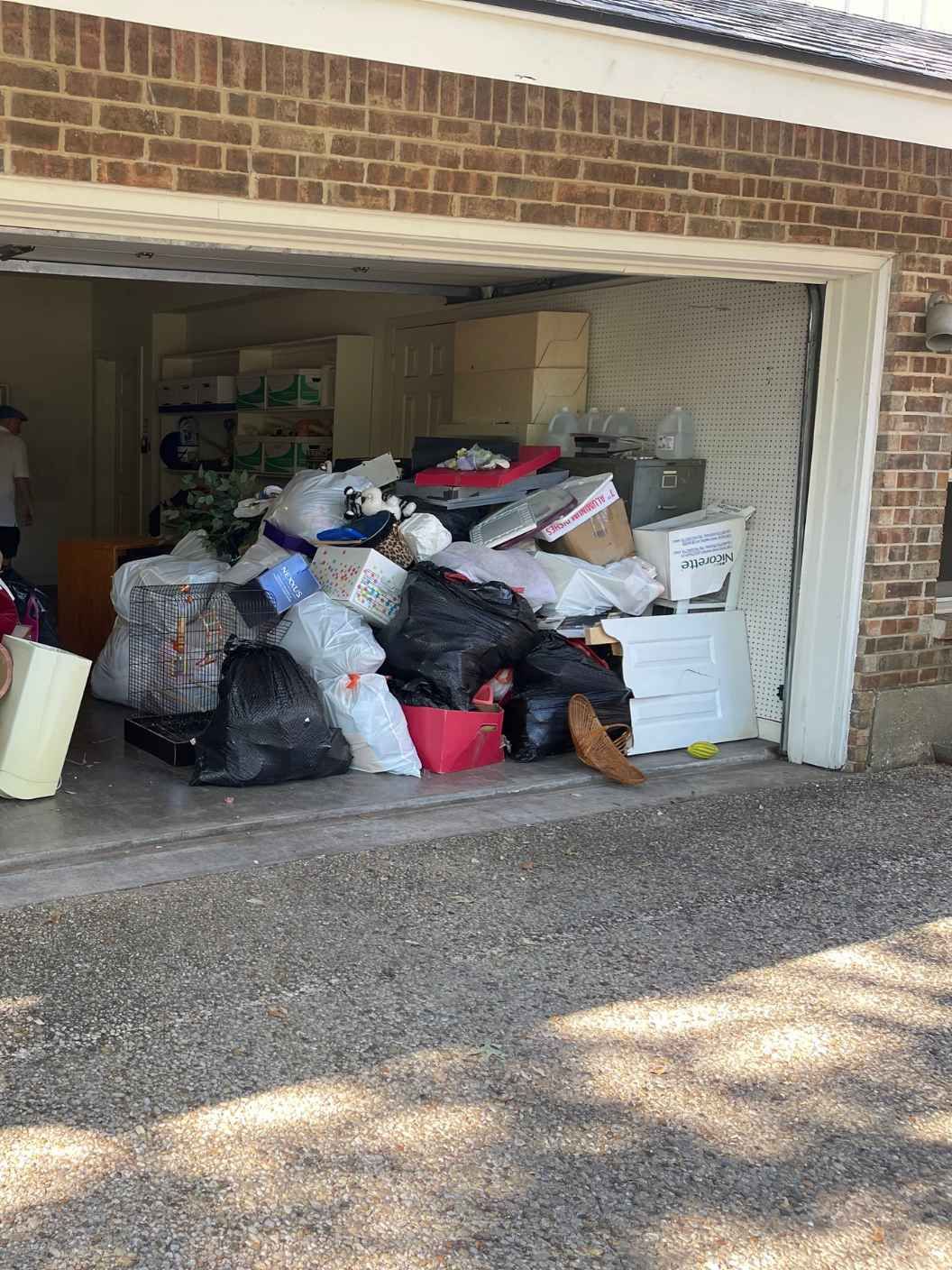
The Junk Removal Process: Step by Step
1. The First Step: Sorting and Categorizing
Once the junk removal crew arrives at your home, the first thing they do is start sorting and categorizing the items they've come to collect. While some junk is straightforward—like a broken refrigerator or a pile of old furniture—others may need a little more thought. Things like electronic devices, hazardous materials, and household chemicals need to be separated out because of the way they should be handled.
During the sorting phase, the junk removal team may place items into different piles. Some things might be destined for the landfill, but many items will be sent to donation centers, recycling facilities, or repurposed in creative ways.
2. Transporting the Junk
Once everything is sorted, it's time to load up the junk for transport. Junk removal companies typically use large trucks to transport everything to their final destinations. The most common destinations for junk include recycling centers, waste management facilities, and donation centers. However, the route your junk takes largely depends on the company’s operations and their commitment to responsible disposal.
3. Recycling: A Responsible Destination
A growing number of junk removal services now take sustainability seriously, diverting as much material as possible from the landfill. Many junk removal companies partner with recycling facilities to ensure that recyclable items like cardboard, plastics, metals, and glass are sent to the proper facilities for processing.
For instance, furniture made from wood might be broken down and recycled into new products, while metal parts could be melted down and reused in construction. The goal is to minimize the environmental impact of junk removal and give materials a second life wherever possible.
4. Donation: Giving Your Junk a New Home
Another important aspect of junk removal is the potential for items to be reused by others. Many companies have partnerships with local charities, thrift stores, or organizations that can make use of the items you no longer need. Your old furniture, books, electronics, and clothing could end up with someone in need.
For example, that gently used couch you no longer have space for might be refurbished and donated to a family who needs it. Similarly, old appliances that still function can be sent to a nonprofit that will either distribute them or refurbish them for resale.
5. Disposal: Landfills and Incineration
While many items can be recycled or donated, the reality is that not everything can be salvaged. Some items, especially those that are damaged beyond repair or contain hazardous materials, will ultimately end up in a landfill or undergo incineration. These methods are typically considered the last resort in responsible junk disposal.
Landfills, while often necessary, are not the ideal solution for waste disposal due to environmental concerns. In some regions, however, junk removal companies try to minimize landfill contributions by using waste-to-energy plants, where certain waste materials are burned to produce energy. This is a step forward in terms of reducing waste but still poses challenges regarding air quality and energy efficiency.
6. Upcycling: Turning Junk into Treasure
Not all junk is destined for disposal. Some items can be repurposed or upcycled into something new and useful. For example, old wooden furniture might be turned into rustic home décor, or discarded metal might be forged into art pieces. Many creative professionals and DIY enthusiasts seek out materials for these kinds of projects, and some junk removal companies even offer upcycled items for sale.
Upcycling offers an innovative way to breathe new life into otherwise discarded materials and helps reduce the environmental footprint of your junk.
7. Special Cases: Hazardous and E-Waste Removal
Certain types of junk require special handling, especially hazardous waste. Items such as batteries, paint, chemicals, fluorescent bulbs, and electronic waste (e-waste) contain materials that are harmful to the environment and need to be disposed of with extreme care.
Junk removal companies that offer specialized services will take these items to designated hazardous waste disposal centers or e-waste recycling facilities. Here, they can be processed in a safe manner that minimizes harm to the planet and ensures that harmful substances are either neutralized or disposed of according to environmental guidelines.
8. The Environmental Impact of Junk Removal
With the rise of eco-consciousness in modern society, many junk removal companies are working hard to reduce the carbon footprint of their operations. This means striving for better recycling practices, finding alternative uses for discarded materials, and partnering with sustainable disposal facilities.
Some companies even have a zero-waste policy, aiming to divert nearly all junk from landfills. By using eco-friendly disposal methods, they contribute to the preservation of resources, energy conservation, and waste reduction efforts. In this way, the journey of your junk can make a positive impact on the planet, even after it leaves your property.
9. The Legal Side of Junk Disposal
Aside from environmental concerns, junk removal also involves legal aspects. In many areas, laws regulate how certain types of waste should be handled. Junk removal companies must follow these rules to ensure that hazardous materials aren’t improperly disposed of and that all waste is treated in compliance with local regulations.
Failing to adhere to these regulations can lead to fines and penalties, so it’s essential that junk removal services stay up to date on the laws in their area.
10. The Benefits of Professional Junk Removal Services
Why should you hire a professional junk removal service instead of attempting to dispose of junk yourself? Apart from saving time and energy, professional junk removal companies have the expertise and resources to handle large-scale cleanups and hazardous waste. They also take the guesswork out of sorting and disposing of items correctly.
Conclusion
Once your junk is removed, it embarks on a journey that could take it to a variety of destinations: recycling facilities, donation centers, landfills, or even upcycled projects. It’s a process that requires careful sorting, ethical disposal practices, and a commitment to sustainability.
With the right junk removal service, you can ensure that your unwanted items don’t just disappear, but are handled in a way that supports the environment, reduces waste, and even helps others. When you choose a company that values responsible disposal, you can feel good about where your junk ends up.
Kick It Junk Removal & Hauling Location: 14339 Stanley Lane, Forney, Texas 75126, United States
Phone: 469-866-2395
Email: Paul@kickitservices.com
